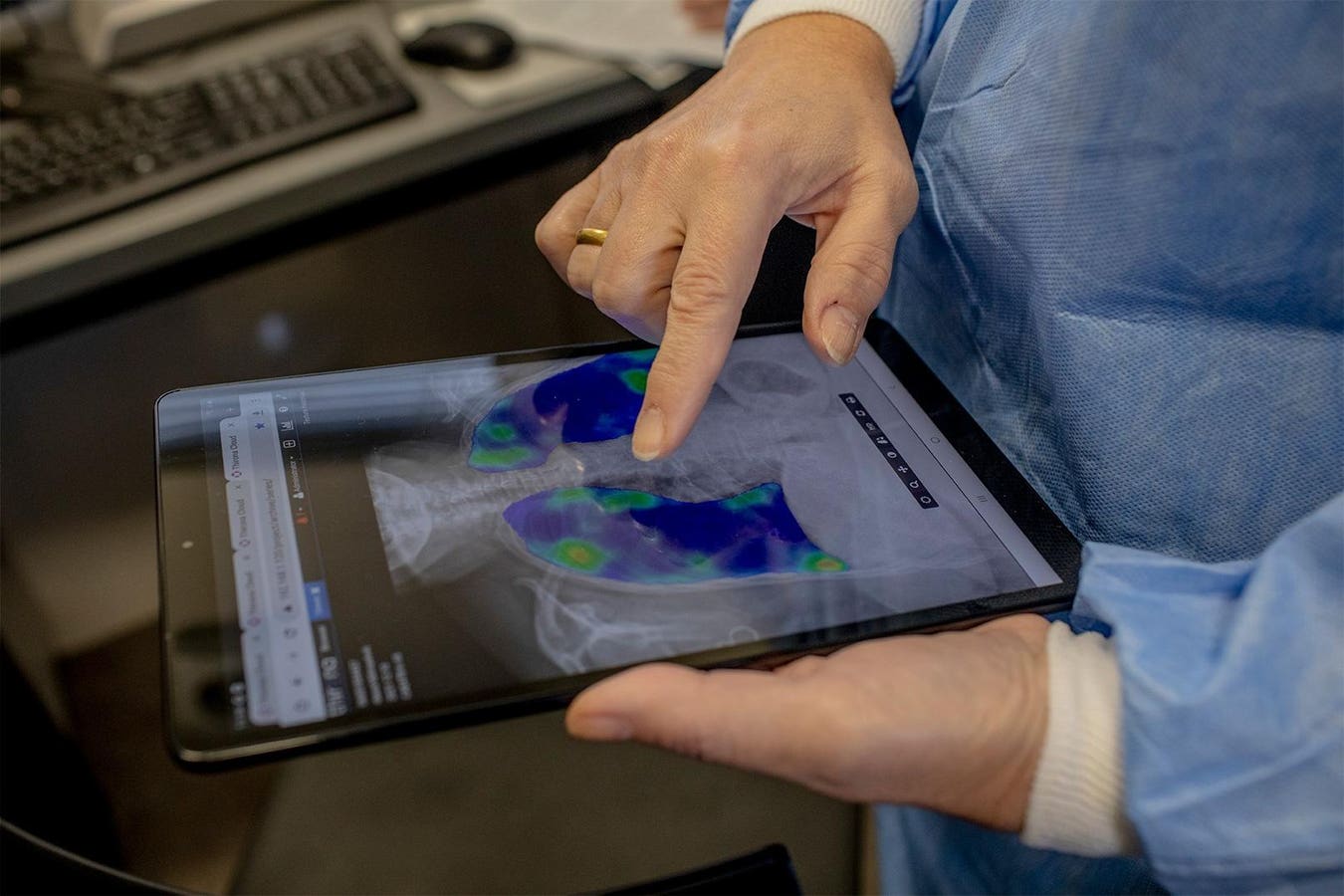Tuberculosis (TB) is rarely in the spotlight. But behind the scenes it’s one of the top infectious killers in the world. In 2022 alone, TB killed over 1.3 million people, including 167,000 people with HIV—that’s a staggering 25,000 deaths every week. Despite being a treatable and curable disease, the TB incidence rate rose by 3.9% between 2020 and 2022. TB rivals Covid-19 as the world’s deadliest infectious disease, and is a greater threat to those living in the world’s poorest and most marginalized communities. TB is—as it has always been—the pandemic of the poor.
But today, we have reason to hope. After two years of devastating disruptions due to Covid-19, TB programs are getting back on track. According to the 2023 World Tuberculosis Report released today by the World Health Organization (WHO), there has been a dramatic recovery in the number of people being diagnosed with TB and given treatment. This surge in testing and treatment has reversed the catastrophic impact that Covid-19 had on the fight against TB. During the pandemic, in 2020 and 2021, the number of deaths from TB went up. In 2022, that trend was reversed.
That success has been driven by leadership, innovation and partnership. For instance, thanks to a robust national TB control program, India has significantly increased TB case notifications. Despite a greater TB burden than any other country, India has the ambition of ending TB by 2025, five years ahead of the 2030 Sustainable Development Goal target. Similarly, Nigeria has implemented innovative strategies, combining community health workers and accessible diagnostic tools to tackle the disease head-on. These examples serve as powerful reminders that, with determination and a coordinated response, we can make substantial progress against TB.
Drug-resistant TB poses a huge global health threat, with the power to fuel antimicrobial resistance worldwide. But today, treatment success rates are starting to improve, as advances in drug development have led to shorter and more effective treatment regimens. In a recent tender process by the Stop TB Partnership’s Global Drug Facility (GDF), Johnson & Johnson agreed to reduce the price of bedaquiline by 55%, bringing the cost of the new 6-month regimen to less than $500. Additionally, the GDF announced a 30% reduction in the price of the shorter 3-month treatment to prevent TB (known as 3HP).
With better and more cost-effective treatments available, the key constraint is finding people with TB, so that they can be treated and avoid infecting others. The greater availability of advanced molecular diagnostics and digital X-ray tools is having a transformational impact on being able to identify the people suffering with this terrible disease. Recent agreements between the Global Fund, TB partners including USAID and the Stop TB Partnership, and key diagnostic suppliers including Molbio and Cepheid, will make it possible to conduct millions more high-quality TB tests. For example, the agreement between the Global Fund and Cepheid’s parent company, Danaher, to supply TB molecular test cartridges at cost, has resulted in a 20% price reduction for each cartridge.
These recent and very welcome price decreases will enable greater access to lifesaving diagnostic tests and put more people on treatment.
The Global Fund also recently announced a partnership with Siemens Healthineers to deploy AI tools enabling rapid and accurate interpretation of digital X-ray scans. Looking ahead, the Global Fund is actively engaged with partners including WHO, UNITAID, Gavi, the Vaccine Alliance, the Stop TB Partnership and others to prepare for deploying a prospective new TB vaccine.
The innovations and investments made to fight TB have huge benefits for pandemic preparedness and lay the foundations for universal health coverage. TB programs’ investments in molecular diagnostic capabilities, disease surveillance systems, respiratory treatment pathways, contact tracing expertise, and rigorous infection prevention and control measures played a big role in many countries’ responses to Covid-19 and are critical to protecting against future threats. TB programs’ focus on reaching the poorest and most vulnerable, ensuring health services reach even the most marginalized, creates a platform for truly universal health coverage.
At the same time, we must also confront a difficult reality. The world missed most of the targets set at the UN High-level Meeting on tuberculosis in 2018, and we are still far off track to reach the Sustainable Development Goal target of ending TB by 2030. At the most recent UN High-level Meeting on tuberculosis in September 2023, world leaders renewed their commitment to ending this disease for good. But for this to happen, we must act now to change the trajectory.
By stepping up our efforts to fight TB, improving access to TB prevention, testing and care, and taking full advantage of the latest innovations and price decreases, we will not only save millions of lives and bring an end to one of the deadliest diseases humanity has ever confronted, but we also build a more pandemic-resilient world and accelerate the path to universal health coverage. Investing to fight TB works, and has an extraordinary impact. Let’s seize that opportunity with both hands.
Read the full article here





